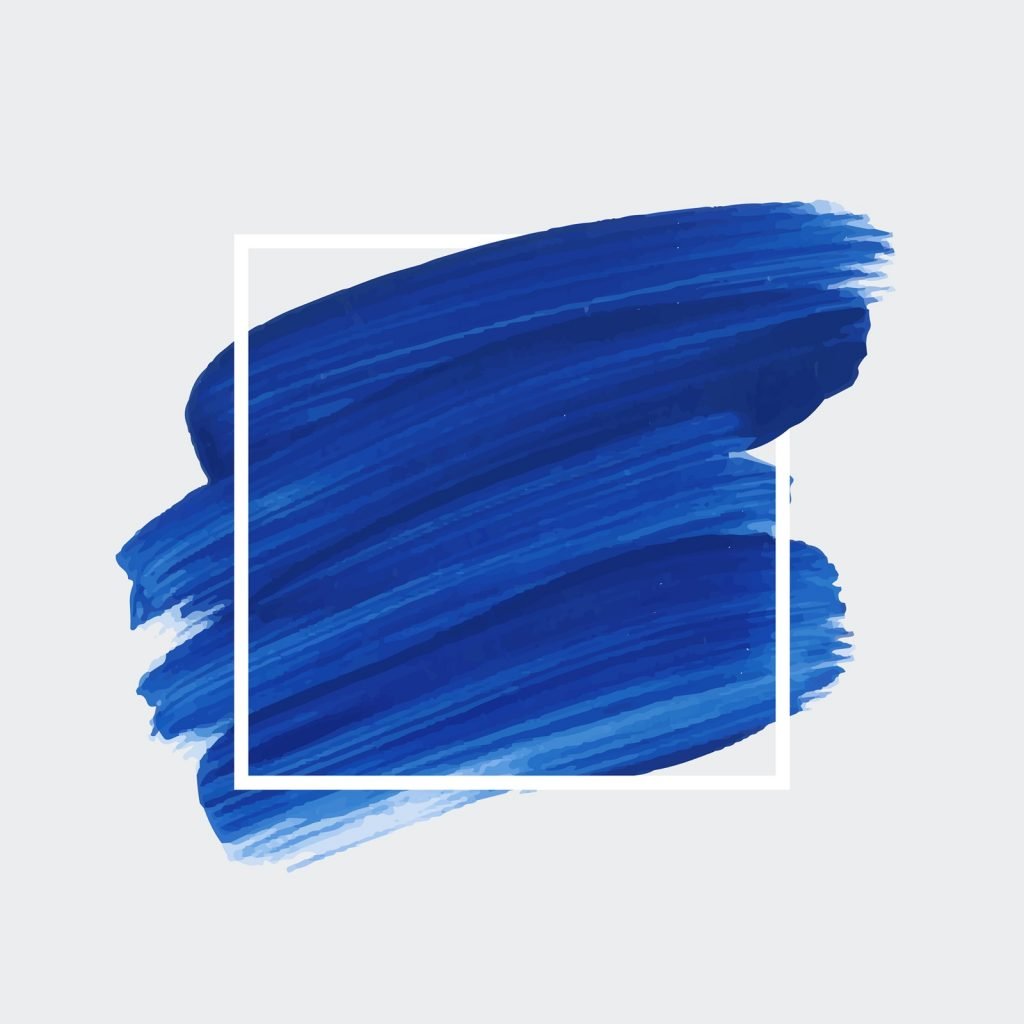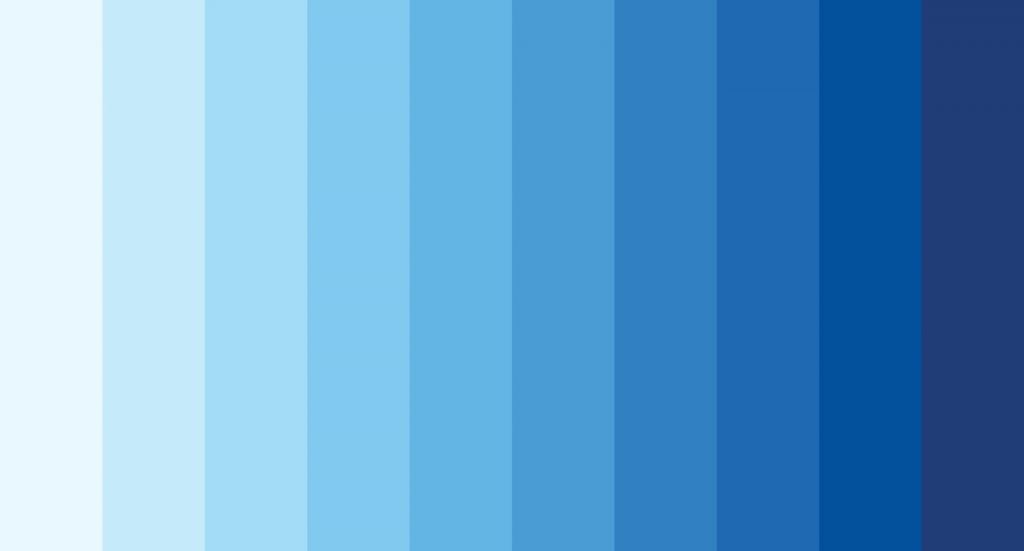How to Make Blue Colour by Mixing Two Colours

All of the colors of the rainbow are treasured by the senses. However, there's something about blue that catches the eye, pleases the brain and leaves us wanting to stay to gaze at its prismatic, rich beauty for a while.
From a psychology standpoint, blue conjures up feelings of calmness and serenity. Standing in a blue space can make a person feel tranquil and serene. While calming, blue is also an amazing "motivation" color because of the way it evokes feelings of security and orderliness. Blue done in just the right way can also achieve a cool, icy look that evokes alertness.
It should come as no surprise that humans are so naturally attracted to and mesmerized by blue. After all, our attractions to clear skies and pools of fresh, sparkling water are ingrained in our DNA.
Reasons to Make Blue Paint
For some, creating blue shades from scratch is simply an exercise in artistic expression while exploring color theory. Others have particular reasons for creating very specific shades of blue because they seek to realistically bring to life scenes of sparkling waves, royal fabrics, ripe blueberries and vivid irises on canvas. The formula is the same regardless of intention.
What Colors Make Blue?

It actually only requires the blending oftwo colors to get to blue. Once you know the formula for creating true blue, you can then move on to combining paint colors to create every blue-inspired hue your imagination can conceive.
Along with red and green, blue is a primary color of light. What this means is that it is one of the three colors that can be combined in varying proportions to make all other colors of the rainbow. It also means that you're using a subtractive formula when creating blue from scratch. A good way to make sense of this is to remember that adding all of the primary colors of light together will land you at white.
Many people assume that you cannot make blue from scratch using color blends because it is a primary color. However, that's incorrect. Using the CMY subtractive color model, we can actually use combinations of cyan, magenta and yellow pigments to recreate primary colors.
Which colors do you mix together to get blue? The formula for blue is to add magenta and cyan together. While magenta is a purplish-red, cyan is a greenish-blue color that falls between the wavelengths of green and blue.
Beyond Primary Colors: How to Mix Different Shades of Blue

Once you get to blue, the possibilities become nearly endless for creating a rich palette of royal, serene, sea-inspired and sky-evoking hues of blue. Of course, this is a case where art truly does work like a science because you'll need to combine the right color formulas to get your desired results.
Artists and interior designers routinely create custom colors on the fly when they want to occupy spaces on walls or canvases with shades of turquoise, cobalt or aquamarine. They achieve this by drawing out or playing down certain characteristics within blue using other colors from the color wheel. Here's a guide to creating popular shades of blue:
Turquoise:Blue + Green + White
Cobalt:Ultramarine + Turquoise
Cerulean:Cobalt + White
Teal:Blue + Green
Royal:Blue + Purple + Black
Navy:Blue + Black + Orange
Cornflower:Blue + Gray
Powder:Royal + White
Indigo:Blue + Red
Tips for Making Shades of Blue

There is really a lot of freedom for creating custom shades of blue based on the way you want shadows and light to work with your creation. However, there are some simple tricks to remember to get your desired tone with fewer mistakes and bumps along the way. To deepen blues, add in black or gray. Dabbing white into your formula can quickly lighten up blues. Of course, it's never necessary to be dramatic when applying paint. It's really a matter of adding "pinpricks" of paint to see how they impact the direction of your color. There are also some simple rules to work by when creating shades of blue:
- Adding yellow to your blue paint will bring you closer to green.
- Adding red to your blue will bring you closer to purple.
- Your medium will impact the ratios of color you'll need to get to your desired color based on factors like light absorption and texture.
The rule that artists learn over time through trial and error is that overmixing can sabotage efforts to create a vibrant, on-point color. This can occur even when you have pinpointed the perfect colors to use to get to your desired final color because blending too much ultimately dulls the way different colors in a mixture are represented. A "perfect" mixture is one that shows off the intricacies and characteristics of the original colors used to create a new color. When working to create new blues from an original blue base, it's always important to feature your blue as the main color. That means that you are perfecting your blue instead of using it as an ingredient the way you're using other colors as ingredients.
Final Thoughts on Creating Blue on Your Own
It's also important to keep in mind that formulas and ratios for creating the same color can change depending on the materials being used. For instance, creating a specific shade of blue using acrylics may require a different ratio of colors than would be needed when working with watercolors. This is due to the fact that watercolors may mingle more than firmer paints. The bottom line on blue is that you can really take this primary color to any muted shade or electric extreme you choose once you know how to create it from scratch using magenta and cyan.
Source: https://www.color-meanings.com/what-colors-make-blue/
0 Response to "How to Make Blue Colour by Mixing Two Colours"
Postar um comentário